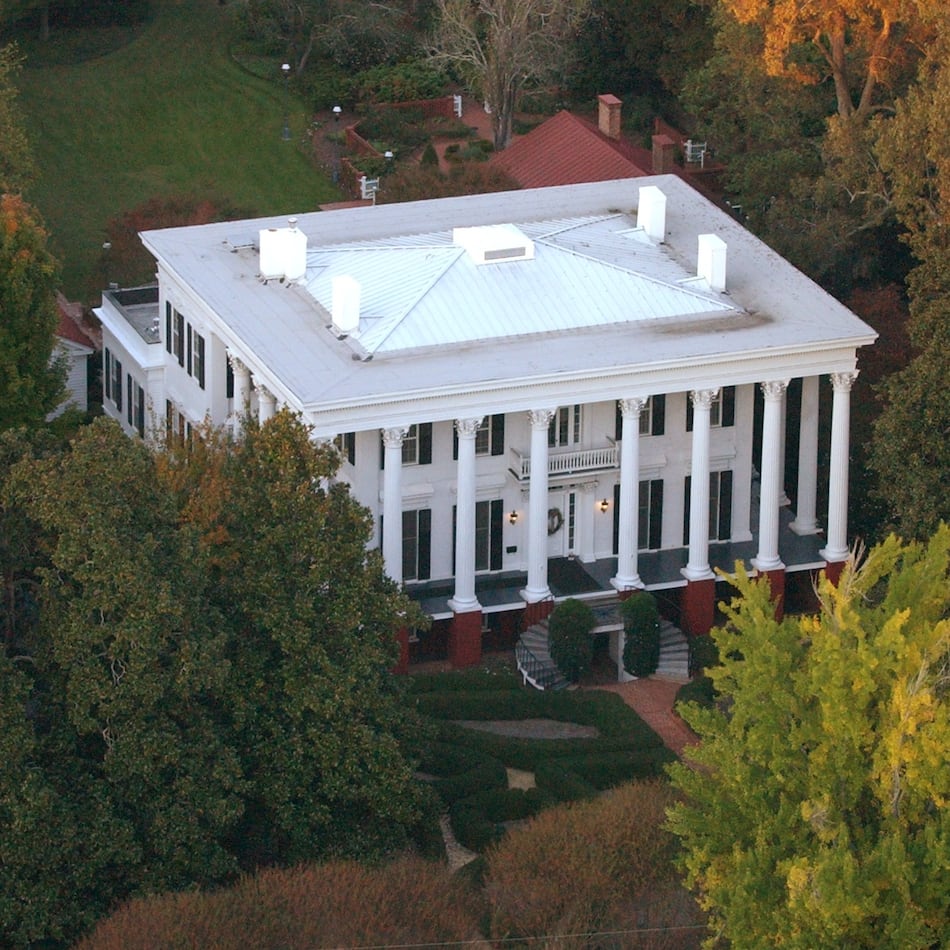This story was originally published by ArtsATL.
Leather, chrome, smoke and a Leica camera: Danny Lyon mixed them into an image of America few had seen. When the young photographer embedded with the Chicago Outlaws motorcycle gang in the late 1960s, he didn’t just capture a subculture — he helped invent one. The resulting work shocked and fascinated audiences when his book “The Bikeriders” was first published in 1968.
Lyon’s unvarnished portrait of a Midwestern motorcycle club revealed a singular world from the inside. The images — mingling intimacy and menace, comradery and middle-finger anarchy — helped redefine documentary photography as something lived and felt, not observed anonymously from behind a lens.
The series proved monumentally influential. Echoes ripple through the work of artists such as Nan Goldin and Larry Clark as well as contemporary street artists and documentarians. The book also helped popularize the notion of “the biker” as an archetype in the American mythos. It sparked the creation of the pivotal 1969 film “Easy Rider,” and the series itself became the subject of a Hollywood movie featuring Austin Butler in 2024.
The Booth Western Art Museum, located about 45 minutes from Atlanta in Cartersville, has mounted an exhibition of Lyon’s “Bikeriders” through Jan. 18, giving this body of work a revealing new frame. At first glance, leather-clad motorcyclists and the cowboys of the American West may seem worlds apart. But, when placed here, Lyon’s riders feel like a continuation of the imagined and idealized Western archetype: nomadic, untethered, pushing against the boundaries of convention and geography. Horses give way to motorcycles, frontier-town saloons to clubhouses, as the legend of the West shifts gears.
Credit: Photo courtesy of Booth Western Art Museum
Credit: Photo courtesy of Booth Western Art Museum
The exhibition’s placement at the Booth also brings a latent, tragic context to the fore: the cyclists, like cowboys, ride through landscapes that were once Native land, both myths mask histories of dispossession.
Whatever the setting, Lyon’s prints thrum with life. The riders and their families are never caricatures, but remain people — friends, lovers, kin — captured within the rituals, style and codes of their singular world.
Traditionally, critics (and the captions by Lyon, now 83) cast the women as appendages — wives, girlfriends, “mamas.” But I was surprised to find them registering differently when viewed in person. Their stance, dress and gaze radiate agency, a swagger straddling a motorcycle or the elegance of eyeliner and a strangely formal dress. Lyon’s camera seems to linger on women not as decorative but rather as vital participants. They emerge as icons of rebellion, independence and glamour, foreshadowing cultural movements that were only just beginning in the late ’60s.
Credit: Photo courtesy of Booth Western Art Museum
Credit: Photo courtesy of Booth Western Art Museum
When the book appeared, it stood alongside Robert Frank’s “The Americans” as a radical act of the new documentary style, collapsing the line between artist and subject. Seen in 2025, in an age when biker culture has been commodified through fashion, film and branded lifestyle products, Lyon’s photographs return us to the source. They remind us of subculture before spectacle, social media and suburban dads on Harleys. At the same time, they feel strikingly contemporary — the staging of personae, the negotiation of belonging and exclusion, all resonate with today’s conversations about performative identities.
For metro Atlanta audiences, this exhibit is a rare chance to road-trip out to see one of the most influential photo projects of the 20th century in person and to consider how the mythology of freedom and rebellion — America’s most persistent export — still circulates.
ART REVIEW
Danny Lyon: “The Bikeriders”
Through Jan. 18 at Booth Museum. 10 a.m.-5 p.m. Tuesdays-Saturdays, 1-5 p.m. Sundays. $16 adults, $14 age 65 and up, $13 students, free for 12 and under. 501 Museum Drive, Cartersville. 770-387-1300, boothmuseum.org.
::
Andrew Alexander is an Atlanta-based writer.
Credit: ArtsATL
Credit: ArtsATL
MEET OUR PARTNER
ArtsATL (artsatl.org) is a nonprofit organization that plays a critical role in educating and informing audiences about metro Atlanta’s arts and culture. ArtsATL, founded in 2009, helps build a sustainable arts community contributing to the economic and cultural health of the city.
About the Author
Keep Reading
The Latest
Featured






